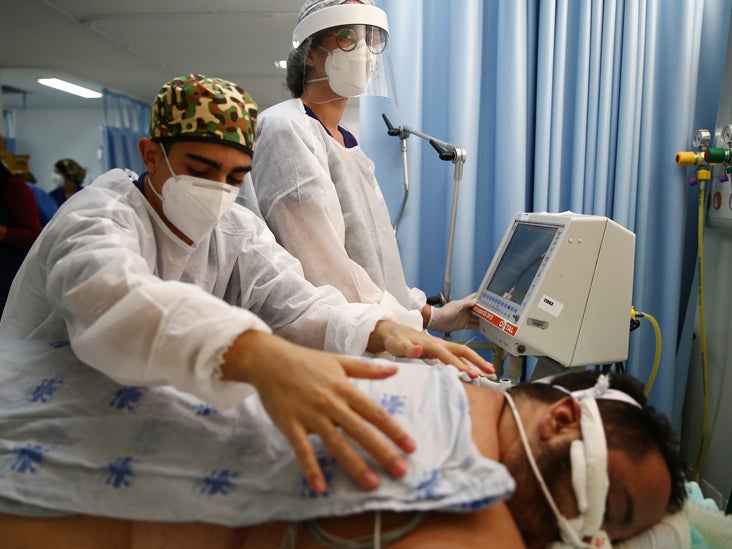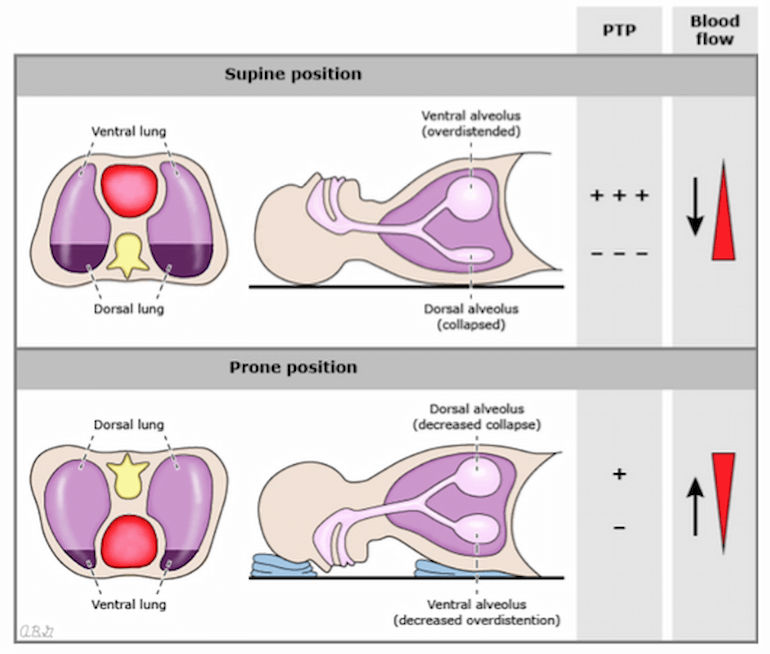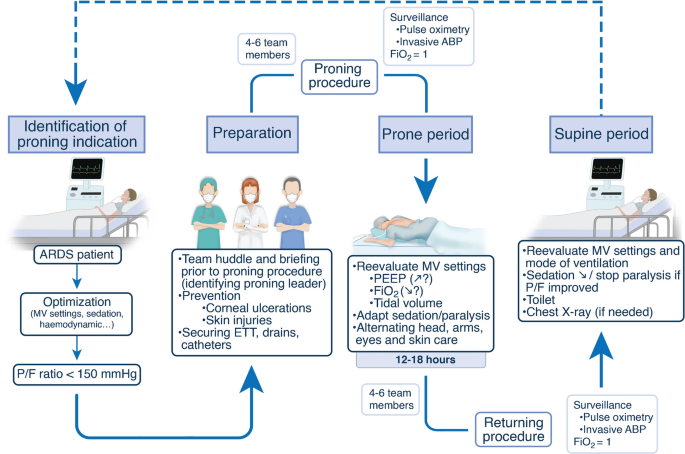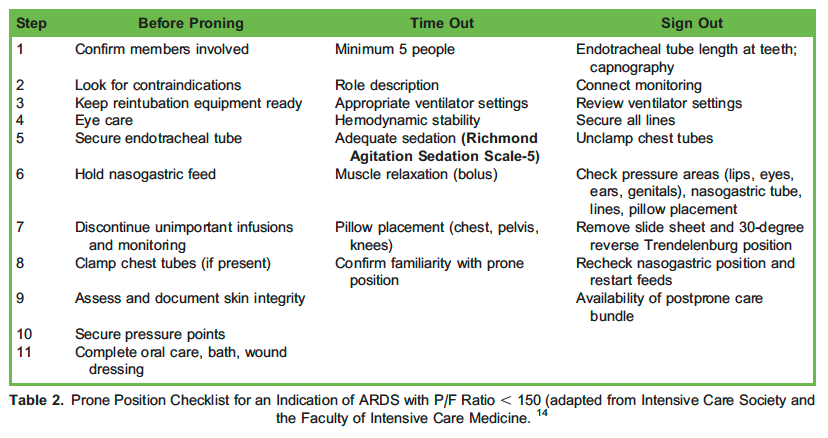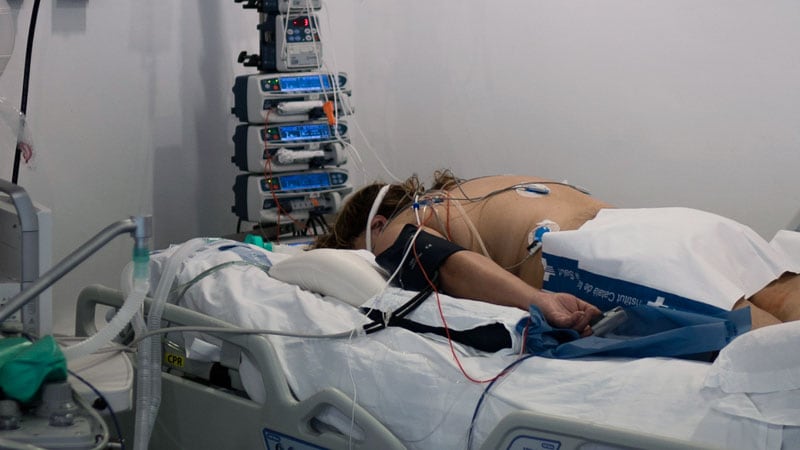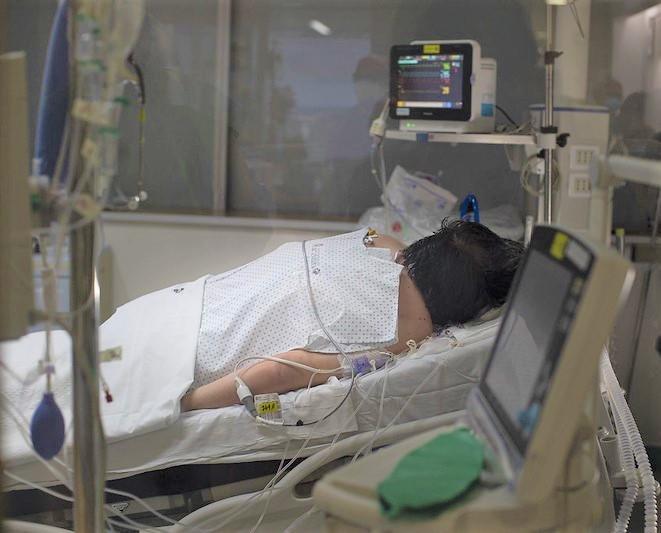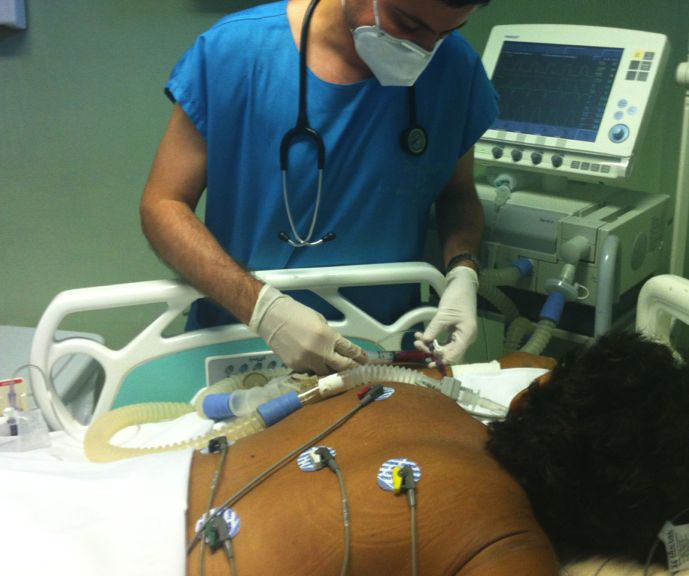
JCM | Free Full-Text | Effects of Prone Ventilation on Oxygenation, Inflammation, and Lung Infiltrates in COVID-19 Related Acute Respiratory Distress Syndrome: A Retrospective Cohort Study

NCPCR on Twitter: "#IndiaFightsCorona ➡️ Improve Lung Oxygenation by lying in #Prone position: ☑️If the oximeter reading shows SpO2 levels below 94%, patients in home care are advised to lie prone on
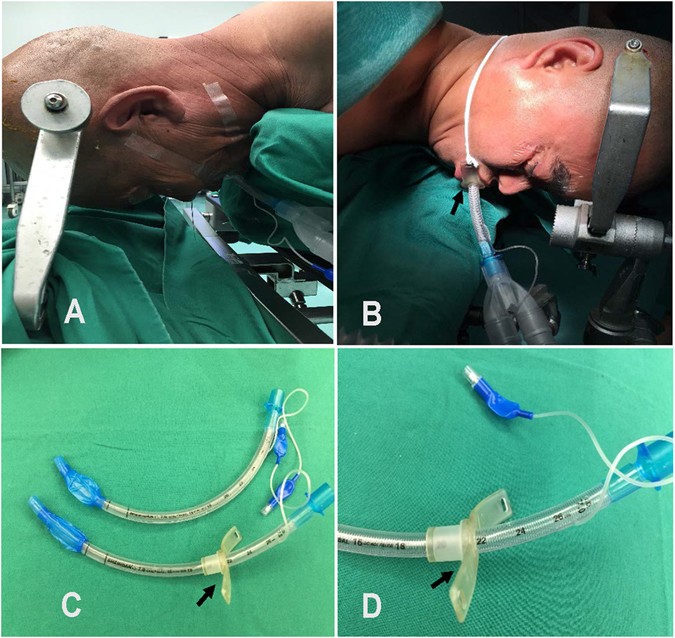
A randomized comparison of the prone ventilation endotracheal tube versus the traditional endotracheal tube in adult patients undergoing prone position surgery | Scientific Reports

JAMA - Prone Positioning for ARDS Prone positioning – laying patients on their front rather than their back while being ventilated - may be beneficial for several reasons: a) In the supine

Guidance and Patient Instructions for Proning and Repositioning of Awake, Nonintubated COVID‐19 Patients - Bentley - 2020 - Academic Emergency Medicine - Wiley Online Library
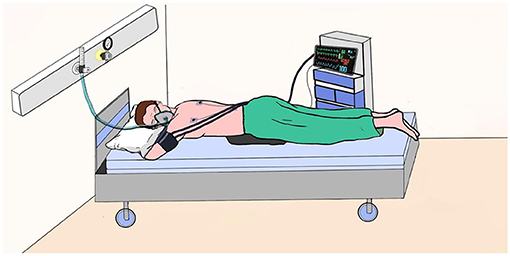
Frontiers | Prolonged Active Prone Positioning in Spontaneously Breathing Non-intubated Patients With COVID-19-Associated Hypoxemic Acute Respiratory Failure With PaO2/FiO2 >150

Prone and Supine 12-Lead ECG Comparisons: Implications for Cardiac Assessment During Prone Ventilation for COVID-19 | JACC: Clinical Electrophysiology

Prone positioning might reduce the need for intubation in people with severe COVID-19 - The Lancet Respiratory Medicine

Prone positioning for non-intubated spontaneously breathing patients with acute hypoxaemic respiratory failure: a systematic review and meta-analysis - British Journal of Anaesthesia

The prone position ventilation (PPV) as an approach in pregnancy with acute respiratory distress syndrome (ARDS) - ScienceDirect

Feasibility and physiological effects of prone positioning in non-intubated patients with acute respiratory failure due to COVID-19 (PRON-COVID): a prospective cohort study - The Lancet Respiratory Medicine
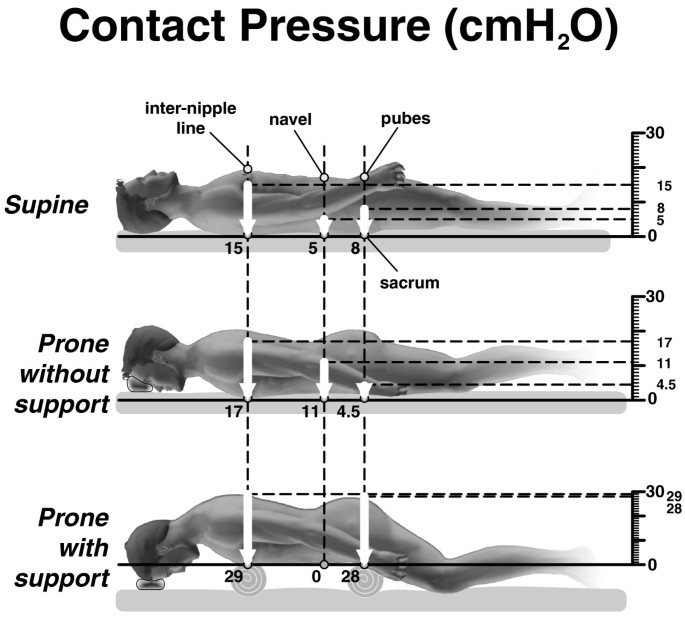
Effects of thoraco-pelvic supports during prone position in patients with acute lung injury/acute respiratory distress syndrome: a physiological study | Critical Care | Full Text


